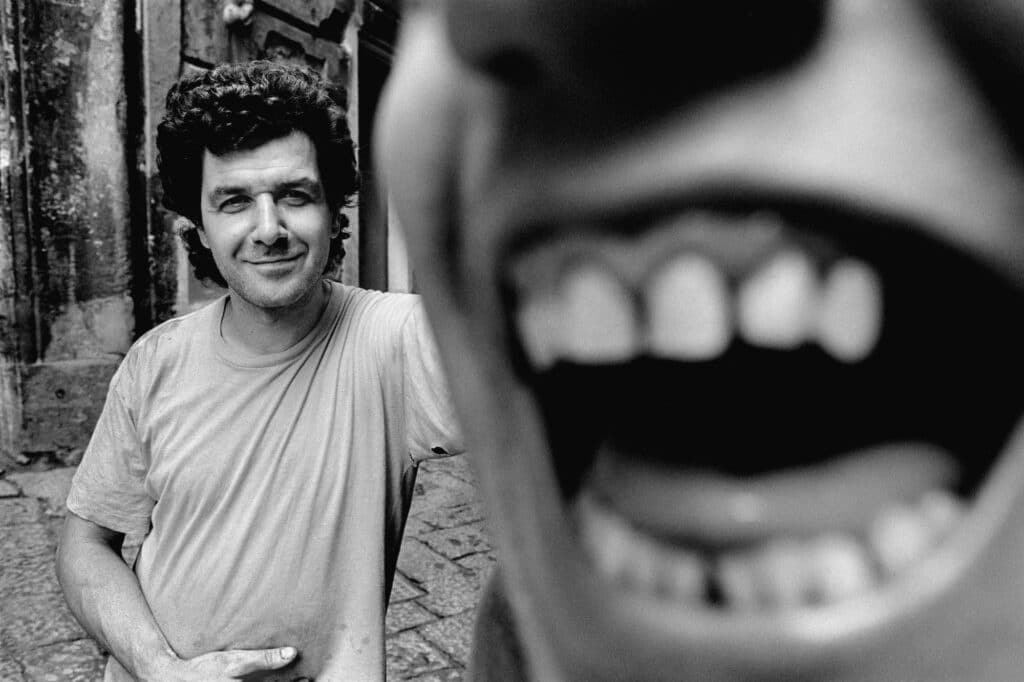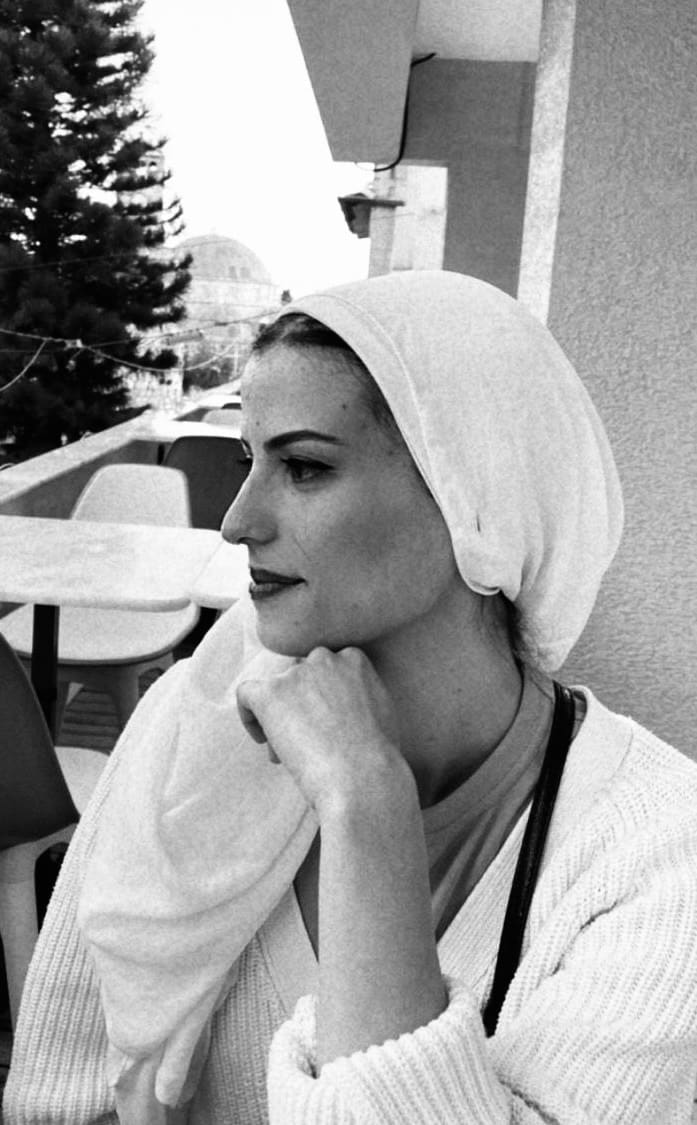Street photography is no longer original. Robert Franck, Diane Arbus, Henri Cartier-Bresson… they have all walked the streets, aiming their lens at the inhabitants to capture the history of a city or a neighborhood. And that’s how Jed Fielding’s latest book got started. In the tradition of Robert Frank’s The Americans, this Chicago-based photographer swoops in on cities in crisis, on poor, potentially violent, neighborhoods filled with the unemployed, in search of light, children’s laughter, and enjoyment.
Film photography around the world
It was in Lima, in the heart of Peru, in 1975, that, accompanied by his friend and mentor Aaron Siskind, Jed Fielding defined his art. Still a student, he honed his ideal by slipping his camera into the most intimate sphere of the photographed subjects, seizing the societal turn of the Peruvian society. Peru was just in full swing of political transformation: dictatorships followed one another, the economy was going into a slump despite the modernization of the agriculture, and women claimed their rights. Like the early suffragettes, Peruvian women citizens organized themselves into “nurseries,” or small think tanks, and took over the public scene. Fielding went deep into the subject. He did not photograph the women during their meetings: how could he, being a man? Instead, he captured their expressions in the street, his wide-angle lens a few inches from their faces.
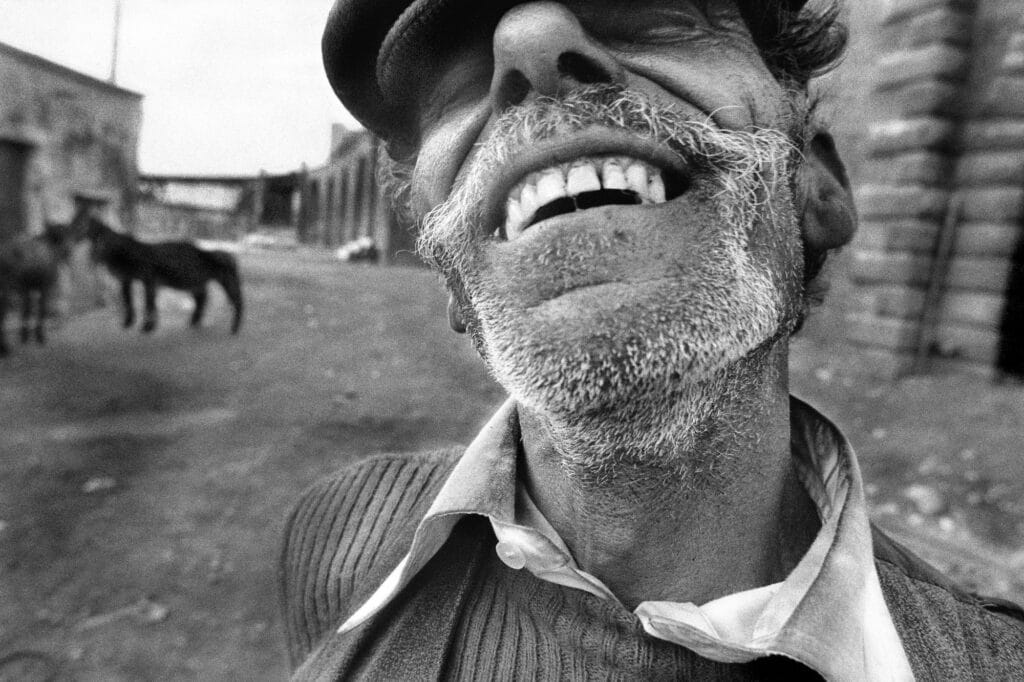
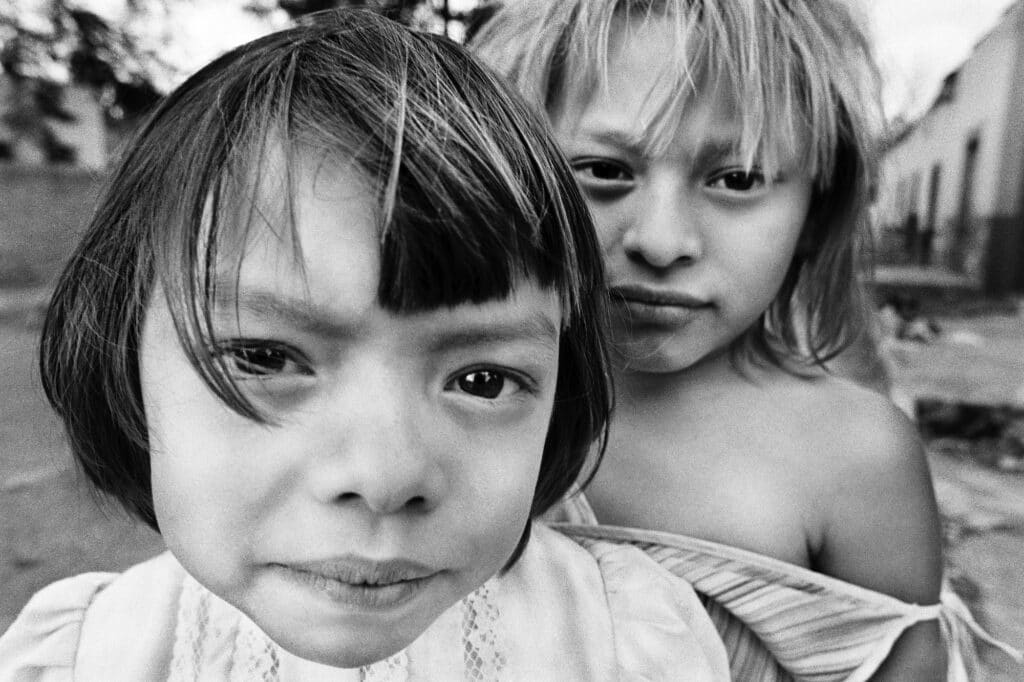
It is precisely the human face that is the core of Fielding’s photographs. They are the building blocks in the portrait he paints of the turning points in a society. He carries out this work returning again and again to the same cities over several years. For instance to Naples, a city close to his heart. In 1977, Fielding found himself drawn to the south of Naples: the city’s misery, half-naked children playing with anything they could find. Especially with firearms. The bloodshed of the Italian mafia insinuated itself into street life, even children’s games. With 264 deaths in 1982, the Nuova Camorra Organizzata kept a chokehold on all the sectors of the regional economy. The eyes of passers-by reflect this dark mood, with the heightened contrast of the photos. As you leaf through this chapter, you know: “Something strange is going on here.” The atmosphere is very peculiar, sober even. The people smile, but their gaze is weighed down, overwhelming by their size. Every image is a pavestone in history.
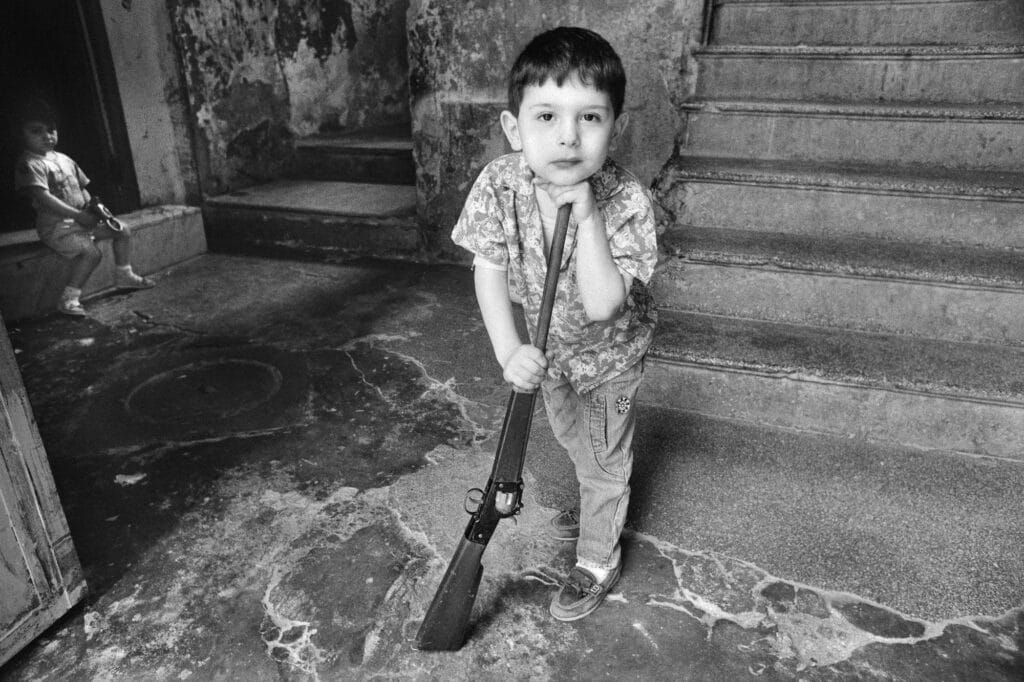
The art of the lie
The American photographer returned to Naples several times. Between 1977 and 2018, he photographed passersby. Strangers quickly turned into old acquaintances. Fielding encouraged them to interact with one another, play, talk, and laugh while he was shooting. Siskind described his work as “conceptually bold photographs about intimacy: the tenderness between people, the proud poses, the eyes that look back at you. The form and the material vie with each other and are in unsettling tension. Seemingly shameless, Jed’s photographs exude vigor and joie de vivre.”
To portray a changing society through the gaze of a stranger or a forsaken back alley, is not an easy trick to pull off. For Jed Fielding, art, in any case, “is a big lie. But it is a beautiful lie.”
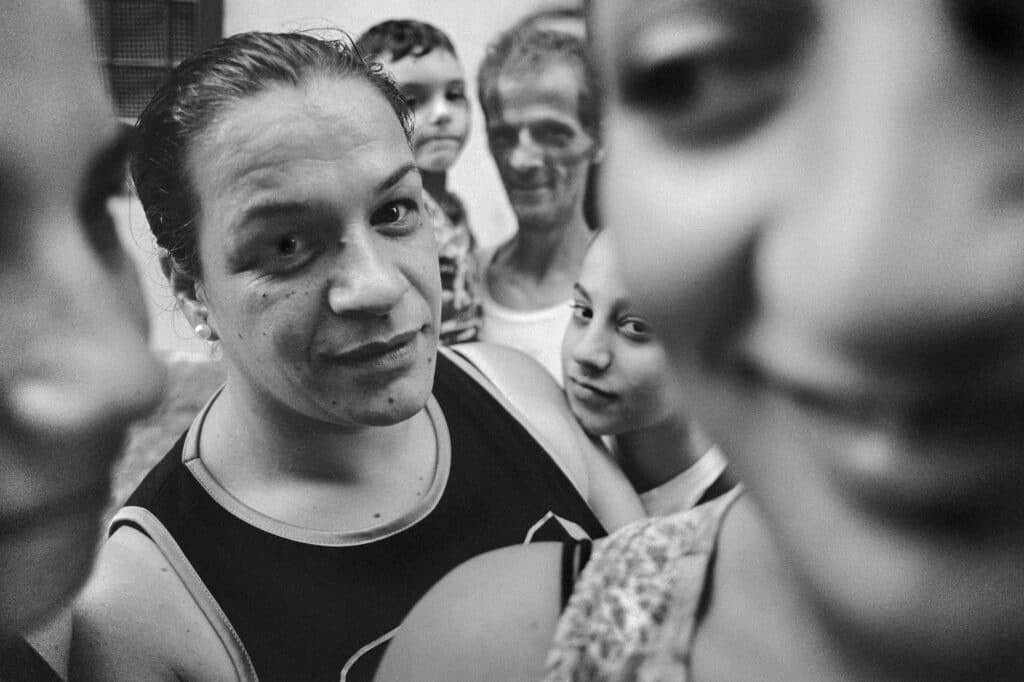
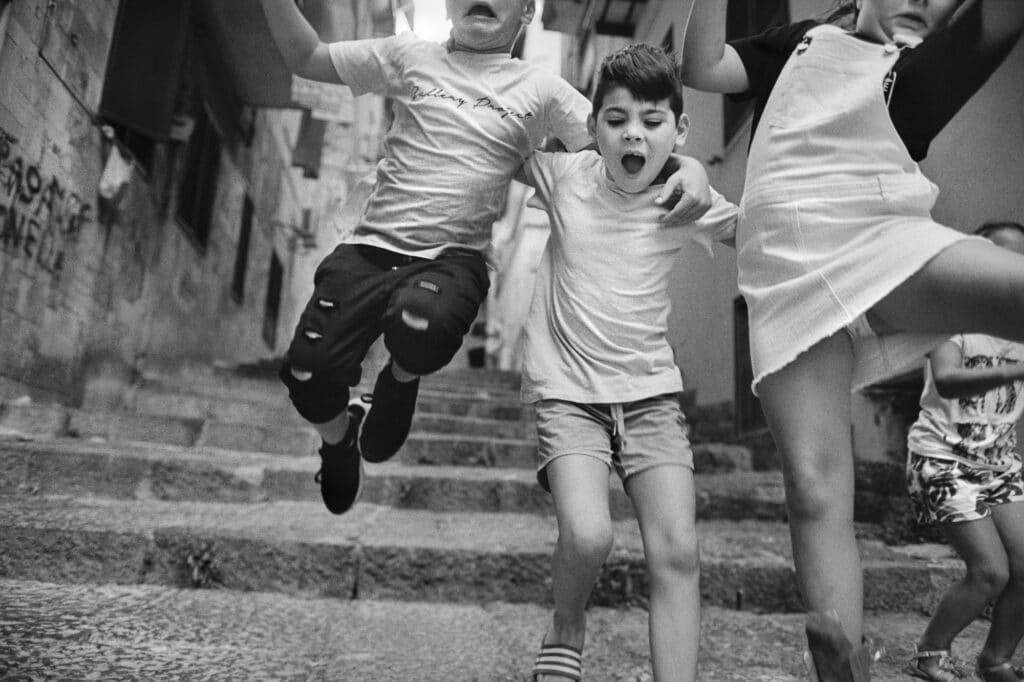
Encounter: Photographs by Jed Fielding $54.95
